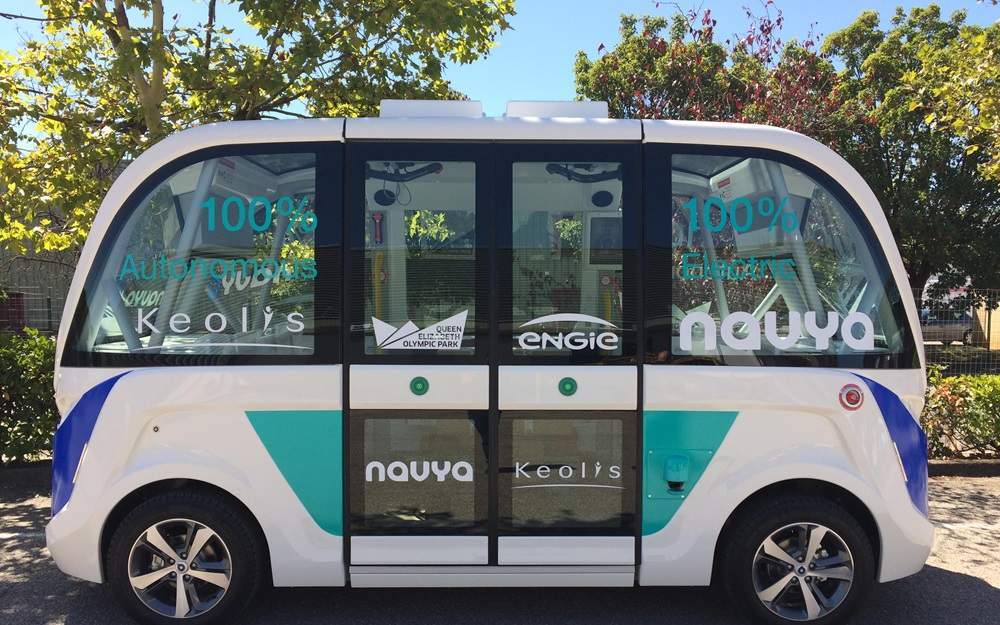
Whilst many of us are counting down the days till autonomous vehicles are on the roads, yet the technology still needs to be fully worked out.
Take for instance, the autonomous shuttle bus in Las Vegas, developed by French company Navya.

Access deeper industry intelligence
Experience unmatched clarity with a single platform that combines unique data, AI, and human expertise.
On its first official day on the roads this week, it was involved in a crash with a lorry, whilst carrying several passengers.
No one was injured in the incident, due to the slow speeds the bus was travelling at. And, in fairness to the bus, city officials are saying that the cause of the accident was the human driver of the lorry.
Public information officer, Jace Radke, told the BBC:
“A delivery truck was coming out of an alley. The shuttle did what it was supposed to do and stopped. Unfortunately, the human element, the driver of the truck, didn’t stop.”
 GlobalData Strategic Intelligence
GlobalData Strategic IntelligenceUS Tariffs are shifting - will you react or anticipate?
Don’t let policy changes catch you off guard. Stay proactive with real-time data and expert analysis.
By GlobalData
The shuttle should be back on the road later today after some routine tests.
Autonomous vehicles: shouldn’t they prevent crashes?
Around 90 percent of car accidents are caused by people. The proposition is that once we have fully autonomous vehicles on the road, crashes should stop happening.
The issue, however, is this in-between process when we have self-driving vehicles on the roads alongside manned vehicles.
Earlier this year, the taxi startup Uber was forced to pull its self-driving programme from three US states, Arizona, California, and Pennsylvania, after one of its cars was involved in a crash.
Two Uber engineers were in the autonomous car when the crash happened, reportedly caused by another car which “failed to yield” to the Uber car at a left turn.
Yet, despite these issues, a report from the RAND Corporation says we shouldn’t wait for autonomous vehicles to be perfect. RAND researchers say putting autonomous cars on the road before they’ve reached perfection improves the technology more quickly.
This is something Waymo, the self-driving subsidiary of Alphabet, Google’s parent company, has done. Since October, Waymo has been operating autonomous minivans in Arizona, without any humans behind the wheel.
At the moment, a Waymo employee is in the car and they must adhere to routes in a 100-square-mile area. Yet it demonstrates the confidence the company has in its technology. In addition, it has plans to invite regular people to ride in the cars very soon.







